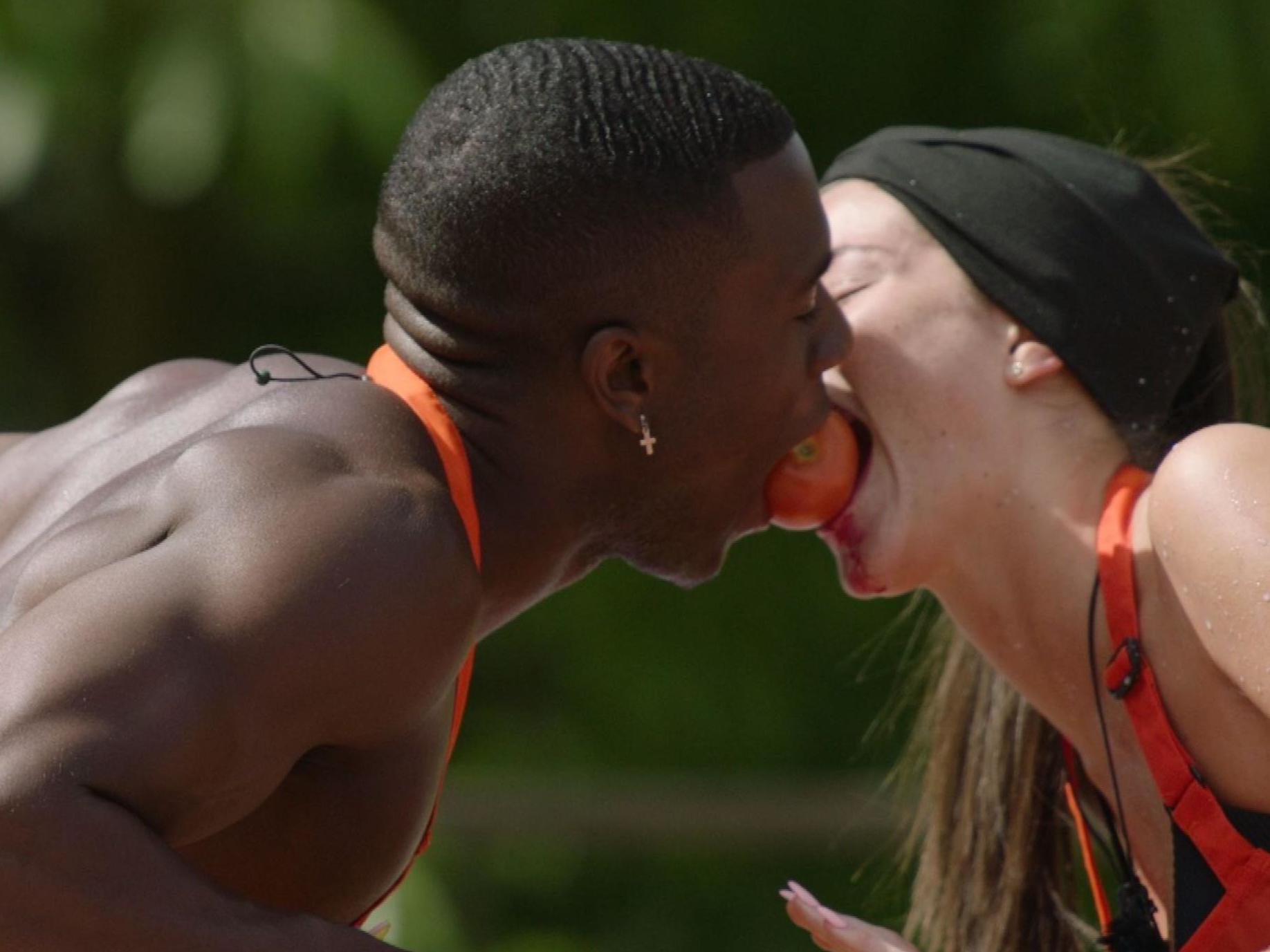The Independent's journalism is supported by our readers. When you purchase through links on our site, we may earn commission.
Love Island would be better if it weren’t so straight
Despite the fact that an increasing number of young people identify as something other than straight, 'Love Island' remains just about the straightest show on television, writes Alexandra Pollard


Your support helps us to tell the story
From reproductive rights to climate change to Big Tech, The Independent is on the ground when the story is developing. Whether it's investigating the financials of Elon Musk's pro-Trump PAC or producing our latest documentary, 'The A Word', which shines a light on the American women fighting for reproductive rights, we know how important it is to parse out the facts from the messaging.
At such a critical moment in US history, we need reporters on the ground. Your donation allows us to keep sending journalists to speak to both sides of the story.
The Independent is trusted by Americans across the entire political spectrum. And unlike many other quality news outlets, we choose not to lock Americans out of our reporting and analysis with paywalls. We believe quality journalism should be available to everyone, paid for by those who can afford it.
Your support makes all the difference.On last summer’s Love Island, Molly-Mae asked Maura a hard-hitting question. How many people had she slept with? Five, said Maura, before correcting herself. “Six! I was with a girl after a night out.” There was a pause. “I’m 100 per cent into men, but it just happened.”
That glimpse of queerness sums up Love Island’s LGBT+ representation. There basically isn’t any. Even in 2016, when there was a brief same-sex dalliance between Sophie Gradon and Katie Salmon, Sophie swiftly walked out of the villa to be with the man she’d been “coupled up” with. Soon after, she claimed to have been “faking” her interest in Katie to get ahead on the show. “Katie was in on it,” she said. “She knew that I wanted to see Tom at the end and that he was my boyfriend.” A boon for bisexual visibility this was not.
Four years on, despite the fact that an increasing number of young people identify as something other than straight, and despite the undeniable power of seeing marginalised identities represented onscreen, Love Island remains just about the straightest show on television.
That’s not to say it’s unenjoyable. Despite its extremely limited pool of contenders – thin, hot women and buff, hot men – the show explores the intricacies of romance better than an anthropological dig. Dating tropes we can all relate to, such as flirting, courting, deflecting, rejecting, projecting – even more sinister ones such as negging and gaslighting – have all been thrown into relief by a group of tanned twentysomethings in ASOS bikinis. But the more I tune into Love Island, the more I think how nice it would be to see some variance on this smorgasbord of straightness.
I’m not the first to say this. “Dating shows should exist for people who aren’t straight,” said Years & Years frontman Olly Alexander. The question has even been put to many of Love Island’s higher-ups. “The format doesn’t really allow it,” said ITV boss Paul Mortimer. It could be a possibility, chimed in producer Richard Cowles in 2018, but it would have to be an entirely separate show. “For a dating show, you need everyone to fancy everyone,” he added, “so if you have gay and heterosexual in the same place, they’re not going to fancy each other.”
Hang on a minute. You need everyone to fancy everyone? Firstly, that is a physical impossibility. And secondly, surely your best chances of having that happen are to fill the villa with queer people? When the question of LGBT+ representation comes up, there is a lot of bluster about logistics and formatting issues. But with a few small tweaks, they could just allow anyone, of any sexuality, to enter the villa, and then let them couple up with whoever they want. Simple.
A spokesperson for the show insisted that the straightness isn’t a requirement – that the main stipulation for applicants is that “they are single and looking for love, and we are open to all possibilities”. Class of 2018’s Megan Barton-Hanson, who dated Wes on the show but now has a girlfriend, disagrees. When she first auditioned for the show, she was “super open and said I feel like I’m more into girls,” she revealed in a recent interview, “but I think that’s what put them off.” She tried again the following year, omitted that fact, and won a place on the show.
Producer Richard Cowles also once said that “we’d have to have a dedicated show” in order to allow for queer people, adding, “absolutely we’d consider two series a year”. There are two series a year now, Richard. What’s the next excuse?
Join our commenting forum
Join thought-provoking conversations, follow other Independent readers and see their replies
Comments